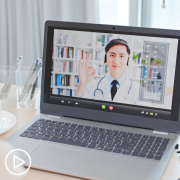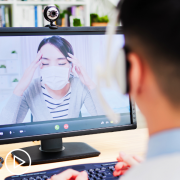How Is Treatment for Head and Neck Cancer Evolving?
How Is Treatment for Head and Neck Cancer Evolving? from Patient Empowerment Network on Vimeo.
How is head and neck cancer treatment evolving over time? Watch as expert Dr. Samantha Tam from Henry Ford Health System explains current areas of research focus in head and neck cancer – and how researchers are working toward the best care for patients.
See More From The Head & Neck Cancer TelemEDucation Empowerment Resource Center
Related Resources:
Transcript:
Samantha Tam, MD, FRCSC, MPH:
So, treatment of head and neck cancer is constantly evolving with the introduction of immuno-therapeutic agents, understanding the role of that in the treatment of head and neck cancer is currently undergoing a lot of research. And there’s a lot of interest in curiosity about how we can utilize that in conjunction with the more traditional treatments of head and neck cancer. Another major focus in head and neck cancer now is to ensure that we’re not overtreating our patients, especially those with HPV-positive disease, and so understanding the balance between treatment care of the disease as well as maximizing function and quality of life after treatment of the disease has become a major focus in head and neck cancer and is certainly at the forefront of our minds.













